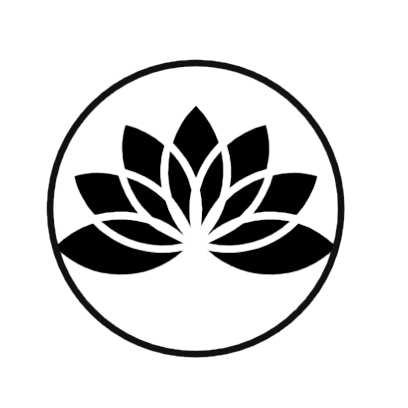Lord of Fishes Pose - Matsyendrasana
- Yogabee

- Aug 10, 2020
- 2 min read
Updated: Jan 10, 2021
This yoga posture is a seated spinal twisted pose. “Matsyendrasana” is a mixture of three sankrit words, where “Matsya” means “Fish”, “Indra” means “King” and “Asana” means “Pose”. That is why this pose is also called “Lord of Fishes Pose”. This is a basic pose of hatha yoga.
A Tale behind the yoga pose

There is a tale behind the name of this pose. It is believed that, when lord Shiva was explaining yoga to Parvati, then a fish had learned yoga while listening to him, so lord Shiva blessed that fish, which remained motionless the entire time. After it was blessed by Shiva as Matsyendrasana, lord of fishes, it took on a divine form and came to land. It sat in a spinal twisting posture that allowed it to absorb the teachings.
Benefits of Matsyendrasana
Practicing this yoga pose provides alternate compression and extension of back and nerves of spine and muscles bringing them into the best possible health condition.
This pose is beneficial in the treatment of backache, neck-ache and headache as well; it also helps to overcome the problem of round shoulder.
It helps to reduce body stiffness and increase flexibility.
Regular practice of this asana is good to treat mild cases of slipped disc and sciatica. It is also beneficial for adrenal glands, kidney, spleen and liver.
Matsyendrasana provides massage to the abdominal organs and has been found useful for helping to treat diabetes, indigestion, rheumatism and constipation.
It helps to prevent the tendency of adjoining vertebrae to fuse together, which is common among the elderly people.
Step-by-Step Instructions
Step 1
At first sit on a flat surface and stretch both the legs in front of the body. Now place the left foot on the right hip joint as near the side of the waist as possible. Bend the right leg and raise the knee.
Step 2
After that place the right foot on the left side of the knee and carefully twist the spine to right hand side.
Step 3
Now try to place the left armpit against the right side of the raised right knee. And try to grasp the right ankle with left hand.
Step 4
And after that try to place the right arm behind the back. Now twist your head to the right and inhale-exhale slowly. Maintain the pose as long as you can and slowly return to the first position. Do the same with another side. As a counter pose do Shavasana.
Important
People who are suffering from spinal injury and abdominal injury shouldn't be practiced this pose.
In the final position, the back should be straight and shoulders should be on same level.
Avoid sitting on the heel; place the heel in contact with the side of the buttocks.
There shouldn’t be motion in the back region in order to get the best result.
This pose shouldn't be practiced in case of knee pain and back pain.
It should be avoided during slipped disc or sciatica.
Woman shouldn't practice after two of three months of pregnancy.
Don’t put undue strain on your spine.







Comentarios